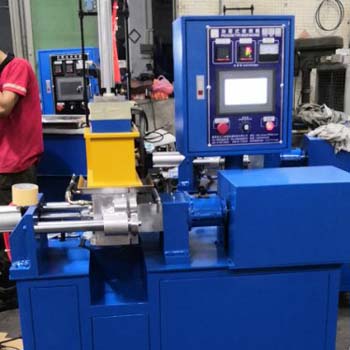When working with flexible plastic materials, two common names often come up: TPR (Thermoplastic Rubber) and TPE (Thermoplastic Elastomer).
Although both TPR and TPE are thermoplastics Elastomers, yet TPR (thermoplastic rubber) is made from the polymer SBS (styrene and butadiene), while TPE (thermoplastic elastomer) are typically made from the quaternary block co-polymers like SEBS (Styrene Ethylene Butylene Styrene).
In many area ,these two materials feature similar properties and applications, yet they also have some differences —especially for manufacturers, engineers, and product designers.
What Are TPR and TPE?
Firstly ,let us explain what is TPR and TPE material .
TPR (Thermoplastic Rubber) is a specific type of thermoplastic elastomer, usually made by blending styrene-based block copolymers (like SBS or SEBS) with other materials like polypropylene.
While TPE (Thermoplastic Elastomer) is a broader category that includes several types of rubber-like thermoplastics, including TPR, TPU (thermoplastic polyurethane), TPV, and more.
TPR is a type of TPE, but not all TPEs are TPRs.
Key Differences Between TPR and TPE
TPR vs. TPE: Applications and Uses
Both TPR and TPE offer unique advantages, which make them applicable for a wide range of uses across different industries.
Here ,we talk simply about its application respectively for these two kinds of material as follows:
TPR has been widely used for applications that require flexibility, durability, and slip resistance. Some typical applications are listed below:
* Shoe soles
* Dog toys
* Tire treads
* Gaskets
* Sporting goods grips
* Electrical insulation components
On the other hand ,TPE is utilized in various applications, especially where elasticity and performance are crucial. For example
* Automotive seals and gaskets
* Soft-touch surfaces for consumer electronics
* Medical devices that require sterilization
* Household products such as kitchenware and toothbrushes
* Industrial hoses and tubing
* Conveyor belts
When to Use TPR or TPE?
Choose TPR if you’re producing products like shoe soles, toys, soft handles, or grips—especially where cost-efficiency and recyclability are important.
Choose TPEs like TPU or TPV if your application needs higher chemical resistance, better weatherability, or extreme flexibility—for example in automotive seals, medical tubing, or electrical insulation.
In conclusion ,TPR is a useful, cost-effective material in various industrial applications, but if your design demands higher performance or specific resistance properties, another type of TPE might be more suitable.
A dispersion kneader is considered essential equipment for TPR (Thermoplastic Rubber) processing because of its unique ability to uniformly mix and plasticize TPR, TPE ,polymers with fillers and additives under controlled conditions in lab and production settings.
If you are in plastic, chemical ,rubber industries and want to tailor suitable dispersion kneader machine . We here can customize made a variety of dispersion kneader as per your needs .







